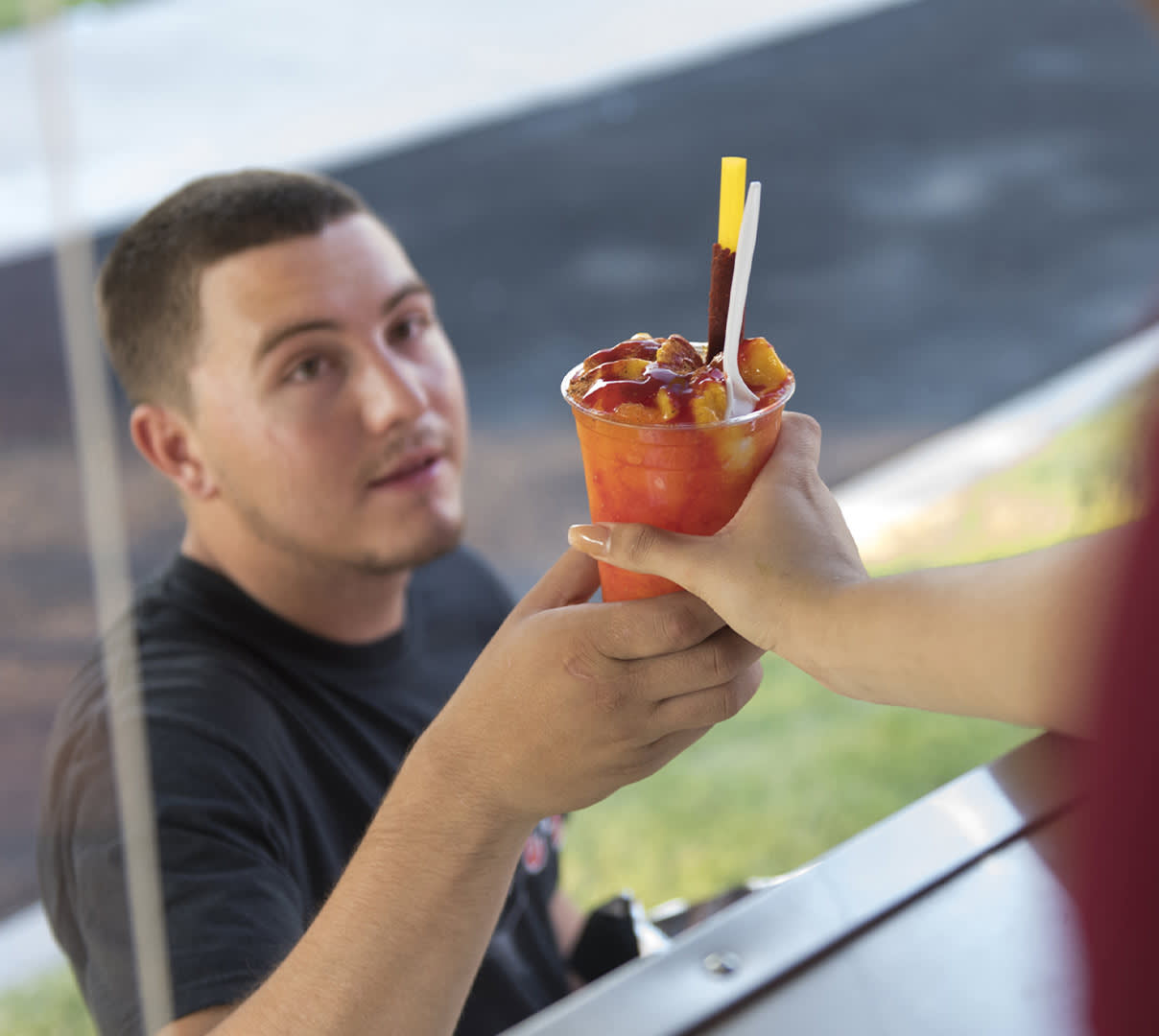Food lovers travel. And when they do, they prioritize unique and exclusive dining opportunities. Food tourism is all about the allure of the food truck with the legendary lengua tacos, or the waterfront bistro serving the freshest local oysters. They aren’t looking for the same old, same old.
But how can you attract these prized customers who crave the Pad Thai that they saw in a Netflix documentary or who are curious about the sous-vide techniques they saw on TikTok? Restaurants, bars, and specialty grocers can develop marketing strategies to boost brand awareness and attract the coveted food tourist audience.
What is food tourism?
Cuisine is a huge part of cultural and national identity and is one of the biggest draws for international tourism. Food tourism can include restaurant visits, wine tours, to-go items from a local kiosk, visiting a farmer’s market, or shopping at a gourmet emporium. Food lovers are embracing opportunities to go off the beaten path and uncover authentic local tastes.
Famed chefs, like Kwame Onwuachi of New York City’s Tatiana, understand the powerful allure of authenticity and place for curious tourists. “I grew up in the Bronx, where within a one-block radius, you could find ten different restaurants representing ten different cultures,” he says. “That really speaks to the neighborhood and to the people that came here and built this city. It tells the story of New York with an Afro-Caribbean throughline.”
Food tourism advantages and disadvantages
One advantage of food tourism is that it can attract customers for a specific signature dish, food, or experience. FOMO (fear of missing out) is a big motivator for many tourists who don’t want to be left out of the cultural moment — they often book or reserve in advance and are willing to endure lengthy lines to get access to a popular or trendy spot. When customers share their exciting experiences, particularly on social media, a business’s reputation grows — helping a region solidify its place as a destination for particular culinary delights.
One disadvantage is that if a particular restaurant, eatery, or neighborhood makes a name for itself, this increased visibility can bring popularity problems. These can include increased customer wait times, pressure to keep up with demand and staffing needs, and sourcing enough ingredients to meet demand.
Why food tourism attracts customers
There are many reasons why culinary tourism continues to be popular both internationally and with domestic travel:
Food and beverage tourism experiences trend on social media
A shared sense of community connects food aficionados around the world
Culinary authenticity and skill are prized across cultures
It sustains a wide swath of local merchants and businesses
Customers are drawn to the reputation of renowned restaurants
How restaurants can tap into local food tourism trends
Social media engagement
Food culture is prominent on TikTok, Instagram, YouTube, and other social platforms. Customers share culinary tourism experiences using hashtags like #travelforfood #foodtraveler #foodtourism #travelfoodie and many more. Social media marketing will strengthen your brand with those food tourists who have already visited your business, and attract those who haven’t. Posting enticing and artful share-worthy photos is an effective strategy to stand out on social media, and can also spark creative user-generated content.
Online marketing and SEO
Search Engine Optimization (SEO) of your website and Google Business listing, plus confirming the accuracy of your Google Maps listing, is critical to attracting new customers. Encouraging positive Google reviews will also help prioritize your listing and capture tourists searching for restaurants in your area. Having an up-to-date website with promotions, menu items, high-quality images, and a clear proposition will offer a great first impression to tourists.
Community partnerships
It’s important to do your research about what trends are already bringing in food tourists to your area. Whether that’s notable local foods like Chicago deep-dish pizza or specific destinations like Jack Daniel’s Distillery in Nashville or Hershey’s Chocolate World in Pennsylvania, brainstorm ways to work together with these other businesses to create shared marketing partnerships.
Local marketing
Food tourism is not just for international travelers, as dedicated food lovers aren’t always coming from afar. Local and regional marketing can help attract food tourists in your neighborhood, as well as culinary travelers passing through town. It’s valuable to have a base of local supporters in addition to vacationers.
Existing local events
Connect with local farmers’ markets, food and beverage tours, cultural events, fairs, food festivals, and other community events. Promoting a local food festival through your social media channels helps solidify local relationships and encourages other events and establishments to return the favor.
Tourism bureaus and hotel partnerships
Connect with travel and tourism agencies to discuss how you can promote your business as a food destination. Partner with local hotels to offer a promotion for guests to eat at your restaurant or order delivery to their rooms. DoorDash partners can use Sponsored Listings to boost the visibility of their restaurants and reach food tourists who need a night in.
Culinary tourism means standing out
What are some key ways to attract travelers who prize culinary adventures and novelty? Here are some strategies to help make your restaurant appealing to food tourists:
Offer a uniquely local adventure. A distinct menu featuring regional ingredients creates an exclusive culinary opportunity. Celebrate seasonal flavors by working with local suppliers to incorporate farm-to-table ingredients into your offerings.
Focus on décor, ambiance, staff demeanor, and food presentation. This will create a memorable experience that goes beyond the taste buds. Inventive or fusion dishes and distinctive beverages will attract food tourists seeking an experience to savor and then share on social media.
Invite travel bloggers or food influencers. Influencers can help create buzz for your restaurant, so reach out proactively to that community. Searching #foodtourism in your town or city and engaging travelers who are posting nearby is another way to connect with potential customers looking for new experiences.
Why local businesses should tap into the food tourism trend
Food tourism driven by social media shows no signs of slowing down, and offers great potential for restaurants looking to increase sales and brand awareness. Restaurants and food businesses of all kinds can use online marketing, community building, and social media strategies to incentivize travelers and locals to share their experiences.
To increase your reach with tourists and visitors in your area, consider partnering with DoorDash.





